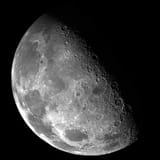Moon Monday #212: UNO Skip, then UNO Flip, ft. VIPER and Artemis
Plus: Scientific archives as your Wild Card, a Draw Four for Boeing, UNO Reverse with Japan, and a stack of Artemis updates.
The scramble to save VIPER continues while Astrobotic performs an UNO FLIP
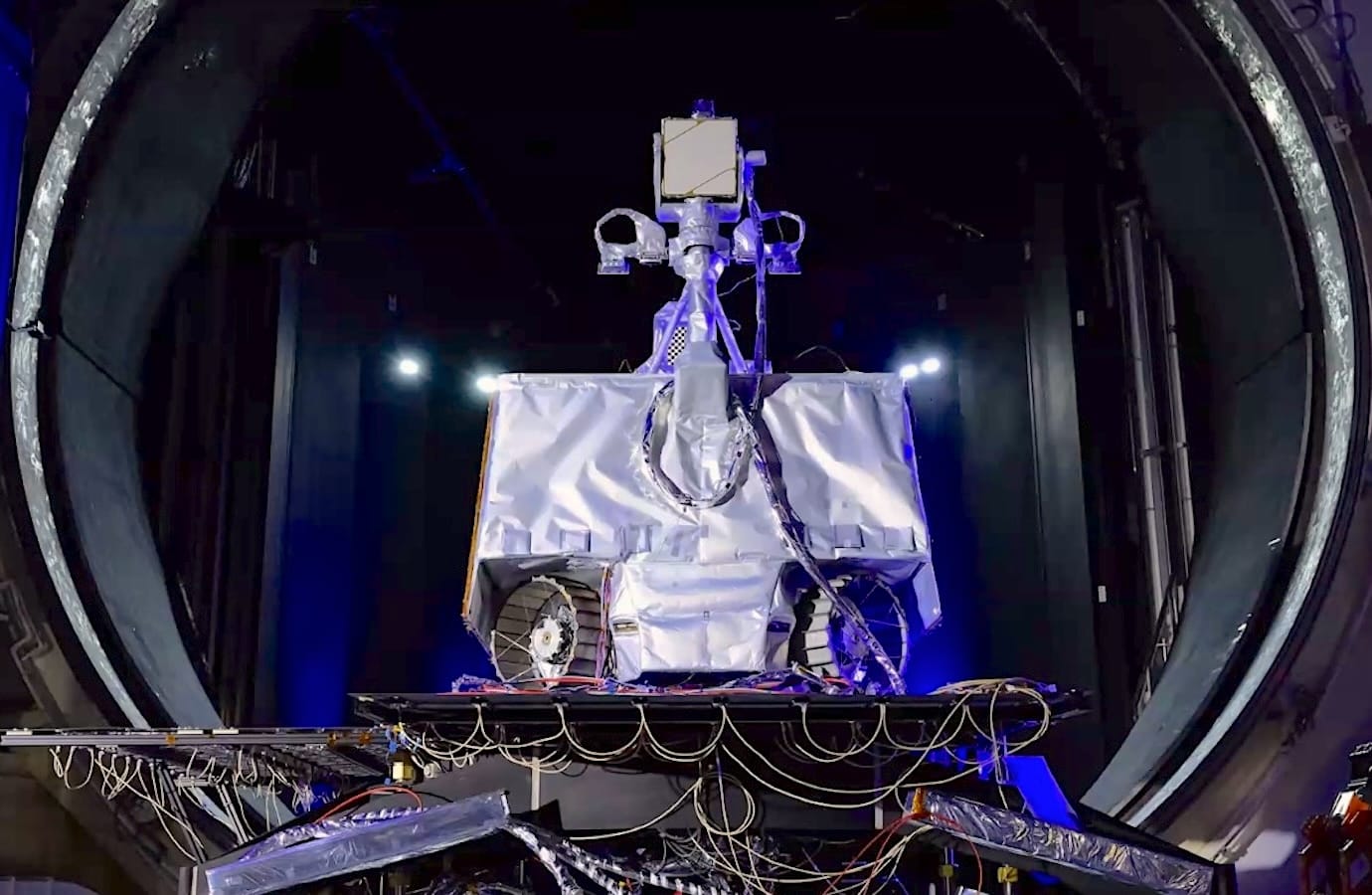
Following the questionable cancellation of NASA’s VIPER rover to uniquely study the Moon’s water ice deposits, the agency asked US organizations on February 3 to formally propose a mission of their own that would fly and operate VIPER in partnership with but at virtually no cost to NASA:
As part of an agreement, NASA would contribute the existing VIPER rover as-is. Potential partners would need to arrange for the integration and successful landing of the rover on the Moon, conduct a science/exploration campaign, and disseminate VIPER-generated science data. The partner may not disassemble the rover and use its instruments or parts separately from the VIPER mission. NASA’s selection approach will favor proposals that enable data from the mission’s science instruments to be shared openly with anyone who wishes to use it.
As we discussed last year when NASA put out the initial industry request to this end, the approach decidedly fails at VIPER’s original goal of helping constrain the nature, accessibility, and potential quantities of surface and near-surface water ice deposits on the Moon’s south pole. A company spending hundreds of millions of dollars to fly VIPER has little incentive to make its scientific data as fully available and accessible as NASA would. A VIPER-less Artemis foregoes the agency and its associated national scientific community’s ability to systematically plan sustained robotic and crewed Moon missions in the near future. Last year NASA had also said it would separately explore flying VIPER through international partnerships but the agency hasn’t provided an update on that front.
In the meanwhile, Astrobotic announced on February 5 that its Griffin lander—which was to carry VIPER to the Moon as part of the CLPS program before NASA pulled out the rover—will now instead carry the 500-kilogram FLIP rover from Astrolab (a Moon Monday sponsor). FLIP is a scaled down test model of Astrolab’s crew-capable FLEX rover. By flying FLIP first, Astrolab hopes to raise the technology readiness levels of multiple aspects of FLEX, including testing a number of lunar dust protection technologies. Astrolab leads one of the three competing teams NASA selected last year to mature their designs for a versatile Lunar Terrain Vehicle for use across Artemis missions starting end of decade.
Critical exploration documents go missing from NASA-backed lunar community website
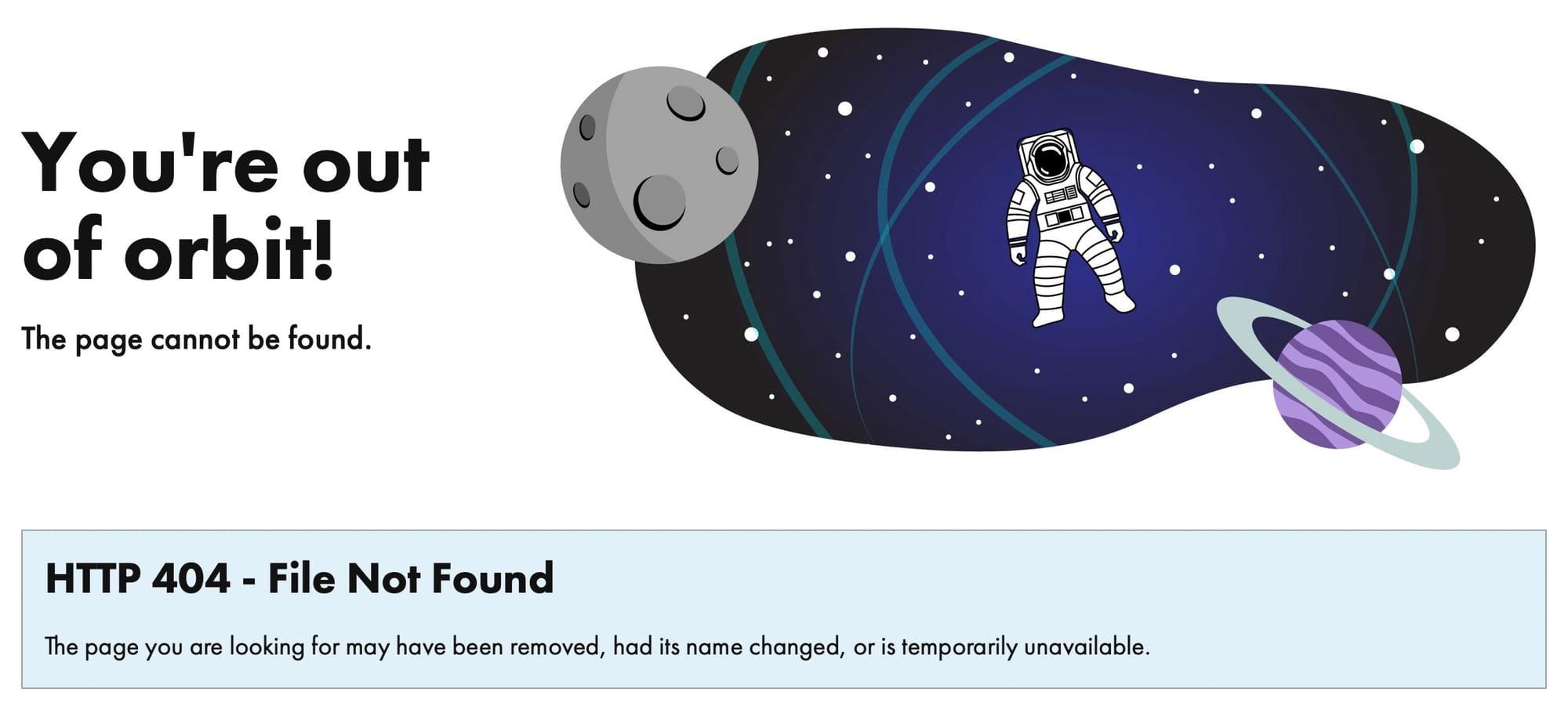
A whole host of documents presenting work and recommendations of US scientists and engineers in service of NASA’s Moon exploration goals have gone missing from the website of the agency-backed Lunar Exploration Analysis Group (LEAG). The missing documents include but is not limited to the key 2023 CLOC-SAT report by US lunar experts, which urged NASA to plan a replacement for the 2009-launched Lunar Reconnaissance Orbiter (LRO) to support the increasingly important, upcoming NASA-funded robotic and crewed Moon missions part of the US Artemis program. The link to the report now leads to a dead page with no fallback. Here’s an archived version of the report thanks to the Internet Archive. In fact, the whole master list of LEAG’s annual meeting reports and other such high-level documents dating back two decades is gone. Here’s an archived list of them.
Similarly, the document archive of work by researchers contributing to the Extraterrestrial Materials Analysis Group (ExMAG) in direct support of NASA’s Solar-System-wide sample return missions, which includes Artemis, is also a dead webpage now. Here’s an archived link of the same.
This global loss of accessible scientific information has happened because the new US administration with its many recent executive orders—in the name of ending Diversity, Equity, and Inclusion (DEI) and defending women—has imposed an indefinite pause on activities, meetings, and communications of all such working groups supporting NASA’s science and exploration activities. In fact, the entire website of LEAG has been reduced to a single page stating but a single line:
The LEAG website is being reviewed in response to guidance given by NASA leadership.
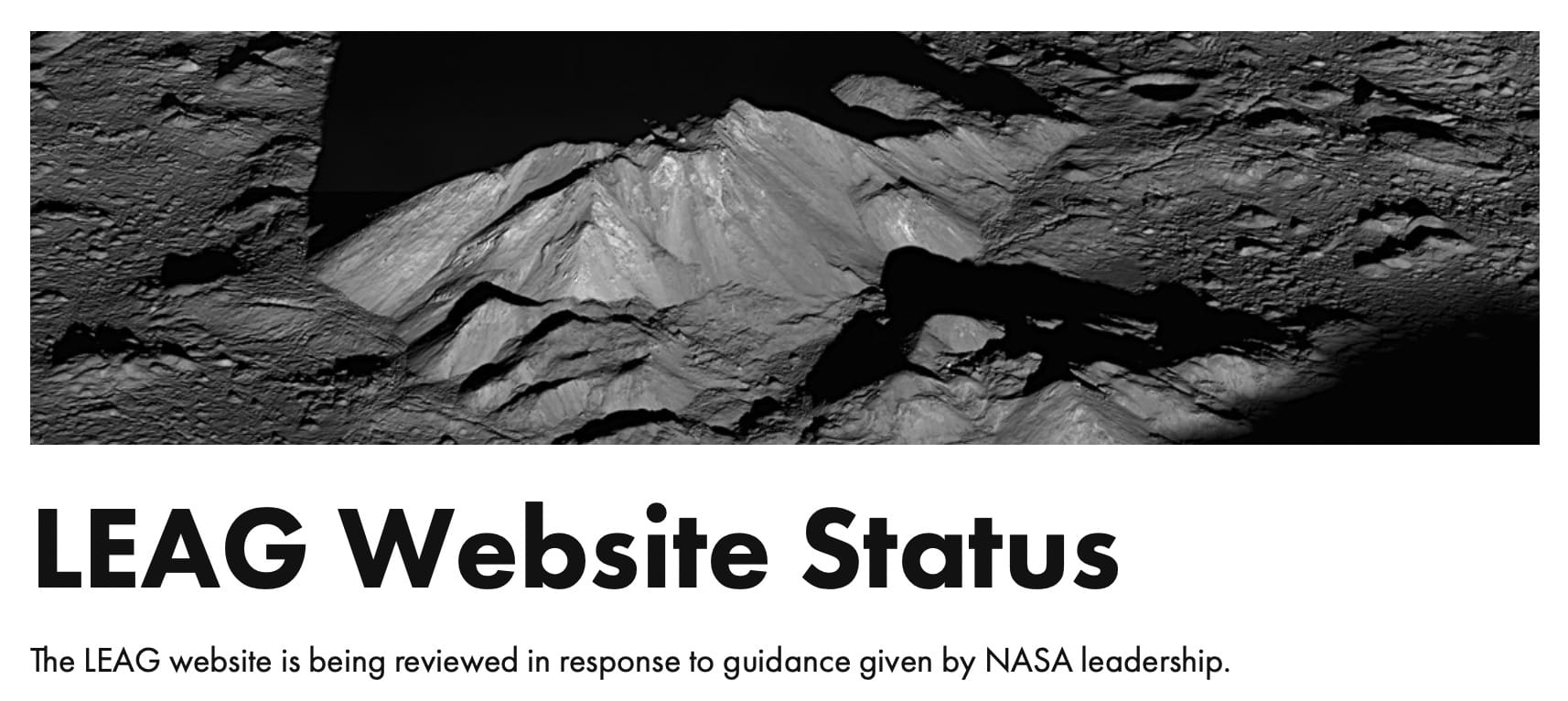
Recall that LEAG’s founding purpose was to help NASA forge and meet its Moon exploration objectives by providing analysis across scientific, technical, commercial, and operational aspects of space. One of these outcomes was LEAG’s Artemis recommendations. But you wouldn’t be able to know any of this now as all links currently point to a black hole for an indefinite period. Here’s the archived webpage of LEAG’s founding purpose and the archived copy of their Artemis recommendations.
Regardless of your personal or public views on DEI, how is loss of access to publicly-funded scientific and technical work produced by LEAG and ExMAG in direct support of NASA’s exploration an acceptable outcome? All of this currently censored work was done and put up online in the past whereas the executive orders from the Trump administration have come in the present. How is a blind blanket takedown of everything justified? Heck, even the white paper titled Continued Use of the Mean Earth (ME) Coordinate System for the Moon is not accessible (here’s the archived copy). If one claims that things like thinking about lunar coordinate systems and urging an LRO replacement for the US’ own benefit is somehow tied to DEI, one is objectively wrong.
More than 500 scientists from across the US are banding together to communicate this and other degradations of US science via an open letter to NASA leadership and the elected US Congressional representatives, asking them to take action and preserve the integrity and public access of the country’s scientific activities and its output. The open letter can be signed anonymously, including by people in other countries who would like to show their support.
It was shortly after the US electoral outcome in November that I had raised the importance of archiving key public documents and webpages to ensure they remain public. It’s sad to see the need to act on it has come about this early. Please archive key lunar and space exploration webpages using the free tools of the Internet Archive, archive.ph, ArchiveBox, Perma.cc, Conifer, and more.
Many thanks to Off Planet Research, Gordon Roesler and Sonia Tikoo for sponsoring this week’s Moon Monday! If you too appreciate my efforts to publish this curated community resource for free, support my independent writing. 🌙
Mission updates
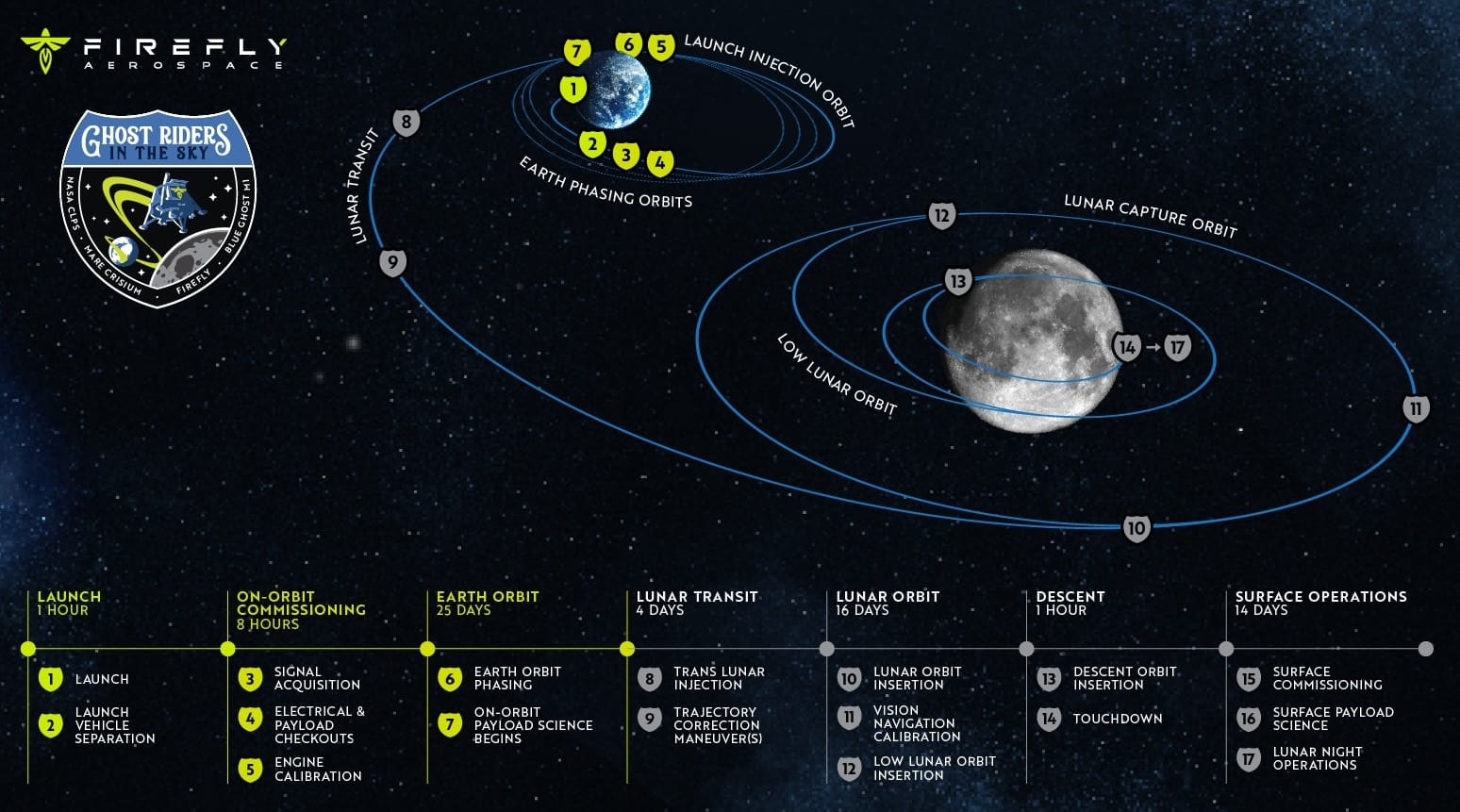
- On February 8, Firefly fired engines on its Blue Ghost Moon lander part of NASA’s CLPS program to put it on a trajectory that intercepts with the Moon so it can attempt lunar orbital insertion on February 12. The six payloads Firefly and NASA had switched on earlier aboard Blue Ghost will continue to collect and send data to Earth as the spacecraft reaches the Moon.
- On February 4, Blue Origin simulated two minutes of lunar gravity in the New Shepard crew capsule by rotating it at about 11 revolutions a minute during the post-capsule-deployment phase of the New Shepard rocket’s suborbital mission. This represents a tenfold increase in the time available for testing experiments under low gravity compared to the 20 seconds or so achieved on parabolic plane flights. The order of magnitude improvement is why NASA funded this project and tested 17 lunar-relevant payloads onboard the capsule. On previous New Shepard flights, NASA has tested autonomous lunar navigation and precision landing technologies, and an experiment to measure how Moon-like dust particles gain and accumulate electric charge in microgravity so as to effectively protect astronauts, lunar hardware, and future habitats from the damaging effects of clingy Moondust. As such, NASA is leveraging New Shepard flights to help verify and refine the functioning of new lunar technologies at relatively low costs before they can be sent to the Moon.
- Jeff Foust reports that the UAE has selected Thales Alenia Space to build and help operate the airlock module for the NASA-led international Gateway lunar orbital habitat. Intended to fly to the Gateway on Artemis VI early next decade, the airlock will allow astronauts to perform spacewalks—while around the Moon!—and deploy and manage scientific payloads on the Gateway’s exterior. The airlock will also provide an additional docking port on the Gateway for visiting spacecraft. It was in January 2024 that NASA and the Mohammed bin Rashid Space Centre (MBRSC) announced that the UAE will provide the Gateway’s airlock. Russia was originally supposed to be the provider but the country later pulled out. In return for this contribution, the UAE will get to send an astronaut to the Gateway aboard an Artemis flight. As for Thales Alenia Space, the company is now involved in producing five major elements of the Gateway including the airlock, the other four being the NASA HALO and ESA-JAXA Lunar I-Hab habitat modules, ESA’s Lunar Link communications module, and ESA’s Lunar View refueling and cargo module. The station might as well be called the Thales Lunar Gateway.
Artemis policy changes on the horizon
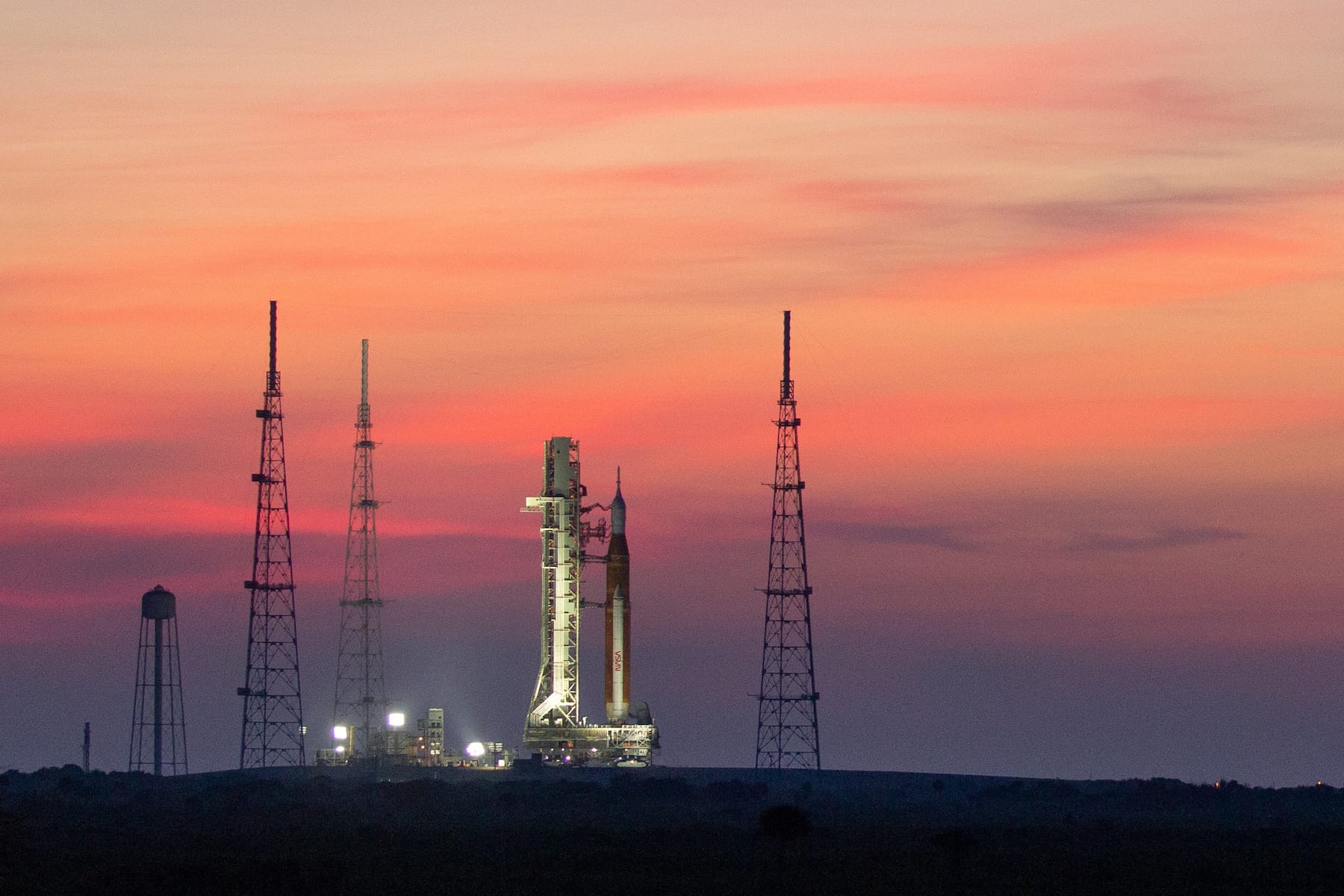
Eric Berger reports that on February 7, Boeing notified 800 employees working on the SLS rocket that the company is preparing for up to 400 job cuts by April due to impending Artemis program changes any month now. While there’s little doubt among US space industry followers that the SLS will go away somehow, from some point on, the transition to other rockets including SpaceX’s Starship and Blue Origin’s New Glenn is not going to be straightforward—as Marcia Smith points out.
Note that no technical proposals for such a transition have been mentioned or discussed publicly so far by actors part of the new US administration although we should see some activity soon following the impending presidential budget proposal and the onboarding of a new NASA administrator. Jeff Foust notes in his coverage that the Vice Chair of the commerce, justice and science subcommittee part of the US Congress House Appropriations Committee is Dale Strong, whose district includes NASA’s Marshall Space Flight Center—the lead center for SLS.
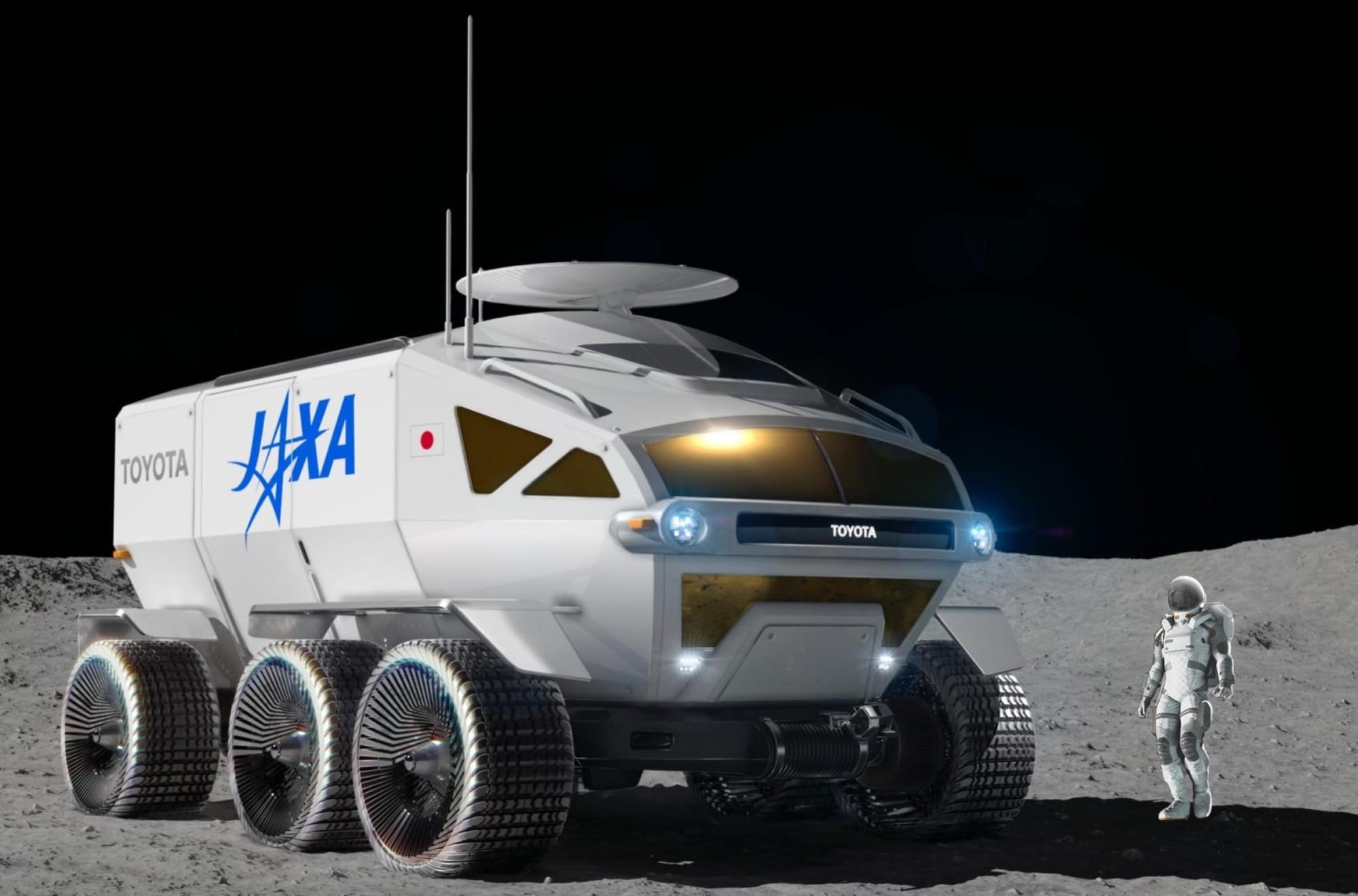
In the meanwhile, a joint statement between the US and Japan, following a meet of their national leaders, reaffirmed US-Japanese cooperation to explore the Moon’s surface. JAXA and NASA had agreed last year that Japan will provide an advanced crewed pressurized rover for Artemis astronauts early next decade for use starting Artemis VII. In return for this critical contribution, NASA will land two Japanese astronauts on the Moon. The rover will be built by Toyota, JAXA, and Mitsubishi. Atsushi Nakajima, Project Manager of the Space Systems Division at Mitsubishi Heavy Industries, previously said that building and operating the rover for the upcoming ISRO-JAXA LUPEX mission will contribute directly to the development of Japan’s pressurized rover for Artemis.
Note how the aforementioned joint statement makes no mention whatsoever of US-Japanese collaboration on the NASA-led Gateway lunar orbital habitat even though JAXA is making significant contributions to Artemis there as well. Japan has bagged an astronaut seat aboard the Gateway in return for JAXA providing critical life support systems and infrastructure components for the station’s Lunar I-Hab crew module. Japan is also developing the advanced HTV-X(G) spacecraft to supply cargo to the Gateway starting 2030, allowing the US to sustain crewed and uncrewed operations for longer periods. It’s quite possible the new joint statement’s omission of US-Japanese collaboration in lunar orbit wasn’t intentional, especially since the language was part of a broader announcement. But if it was intentional, expect to hear more on Gateway’s fate this year.
Editor’s note: As you may have guessed in this UNO-themed Moon Monday edition, some players have way more cards at their disposal than others.
